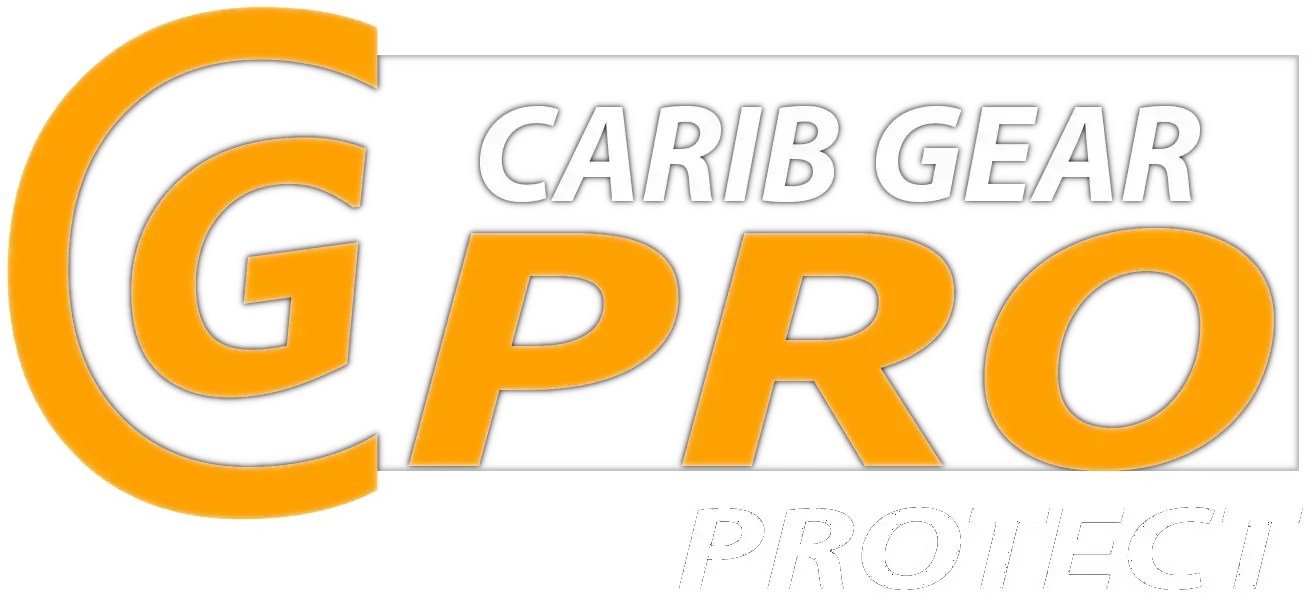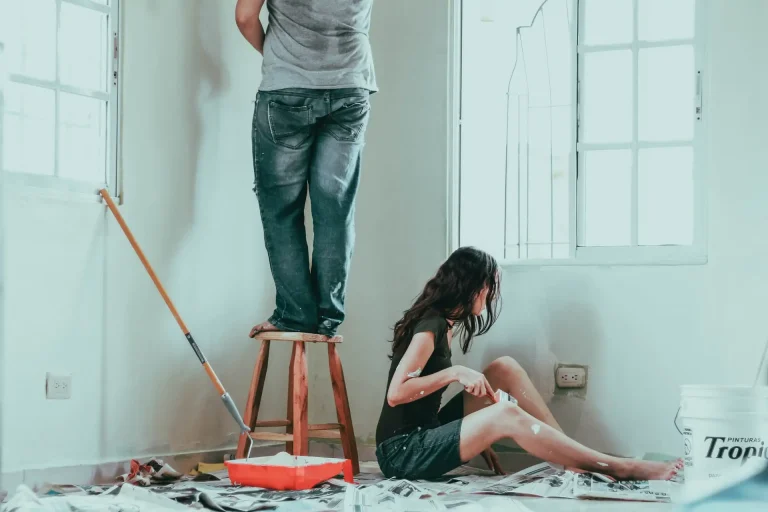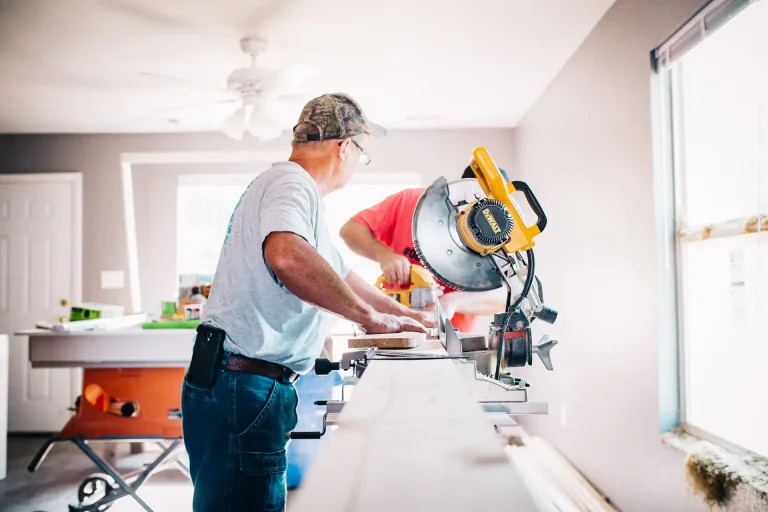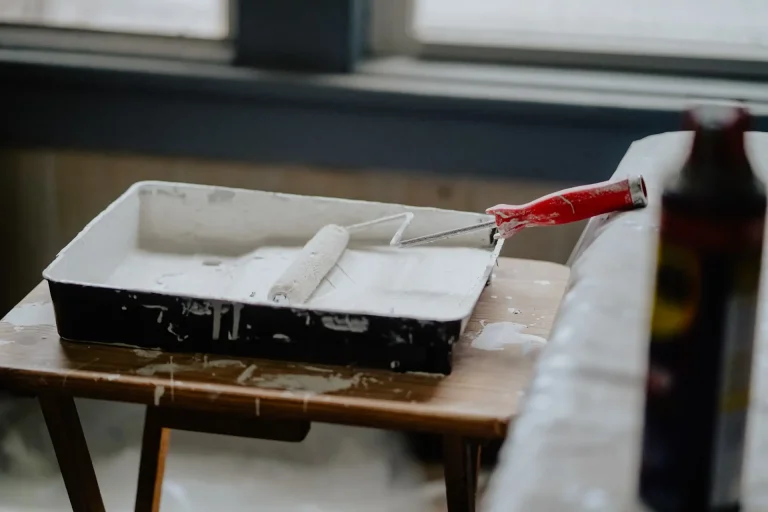Your cart is currently empty!
The Ugly Fact of the Home Improvement Cost

Home improvement projects often evoke visions of enhanced aesthetics, increased property value, and personal satisfaction. However, the reality is that these endeavors can quickly spiral into financial burdens if not approached with caution. Many homeowners embark on renovations with a budget in mind, only to find themselves grappling with unexpected expenses that can derail their financial plans.
The allure of a beautifully remodeled kitchen or a newly landscaped garden can overshadow the potential pitfalls, leading to a stark realization that the costs associated with home improvements can be far more extensive than initially anticipated. The ugly truth is that home improvement costs are not merely limited to materials and labor. They encompass a wide array of hidden expenses that can catch even the most diligent planners off guard.
From permits and inspections to unexpected structural issues, the financial landscape of home renovations is fraught with potential pitfalls. Understanding these costs is crucial for homeowners who wish to navigate the complexities of home improvement without falling into a financial quagmire.
Key Takeaways
- Home improvement projects often come with hidden costs that can quickly add up
- Unforeseen expenses, such as structural issues or permit fees, can bust your renovation budget
- Overlooked costs, like landscaping or furniture, can impact the true cost of home upgrades
- Planning for unexpected renovation costs is crucial to avoid financial surprises
- Understanding the shocking truth about home improvement expenses can help you budget effectively
The Hidden Costs of Home Improvement Projects
When embarking on a home improvement project, many homeowners focus primarily on the visible aspects, such as paint, flooring, and fixtures. However, hidden costs lurk beneath the surface, waiting to surprise the unprepared. For instance, when renovating a bathroom, one might overlook the need for plumbing upgrades or electrical work that meets current codes.
These essential updates can significantly inflate the overall budget, often by thousands of dollars. Moreover, the costs associated with permits and inspections are frequently underestimated. Many municipalities require permits for various types of renovations, and failing to secure these can lead to fines or even the need to undo completed work.
Additionally, hiring professionals for inspections can add another layer of expense. These hidden costs can accumulate quickly, transforming what seemed like a manageable project into a financial headache.
Budget Busters: Unforeseen Expenses in Home Renovations
Unforeseen expenses are often the bane of home renovation projects. Even with meticulous planning, homeowners may encounter issues that were not initially apparent. For example, during a kitchen remodel, it is not uncommon to discover outdated wiring or plumbing that needs to be replaced.
Such discoveries can lead to significant budget overruns, as these necessary updates are often not factored into the original cost estimates. Another common budget buster is the impact of market fluctuations on material prices. Homeowners may begin their projects with a specific budget in mind, only to find that the cost of lumber, tiles, or fixtures has risen dramatically by the time they are ready to purchase.
This volatility can force homeowners to either compromise on quality or stretch their budgets beyond their limits, leading to financial strain.
The Reality of Overlooked Home Improvement Costs
| Home Improvement Cost | Percentage of Overlooked Costs |
|---|---|
| Kitchen Renovation | 15% |
| Bathroom Remodel | 10% |
| Roof Replacement | 20% |
| Deck or Patio Addition | 12% |
The reality of overlooked home improvement costs extends beyond just materials and labor. Homeowners often fail to account for the time and effort required to manage a renovation project effectively. This oversight can lead to additional expenses if homeowners need to hire project managers or contractors to oversee the work.
Furthermore, the stress and disruption caused by renovations can also have indirect costs, such as lost productivity or temporary housing arrangements if the project takes longer than expected. Additionally, homeowners may neglect to consider the long-term maintenance costs associated with new upgrades. For instance, while installing high-end appliances may seem like a worthwhile investment initially, the ongoing costs of maintenance and repairs can add up over time.
Understanding these long-term implications is essential for homeowners who wish to make informed decisions about their renovations.
Understanding the True Cost of Home Upgrades
To truly grasp the cost of home upgrades, homeowners must adopt a comprehensive approach that considers both immediate and future expenses. This includes not only the initial outlay for materials and labor but also ongoing maintenance and potential increases in property taxes due to enhanced property value. By taking a holistic view of home improvement costs, homeowners can better prepare themselves for the financial realities of their projects.
Moreover, it is essential for homeowners to conduct thorough research before embarking on any renovation. This includes obtaining multiple quotes from contractors, researching material prices, and understanding local regulations regarding permits and inspections. By arming themselves with knowledge, homeowners can make more informed decisions and avoid common pitfalls associated with home improvement projects.
Avoiding Financial Surprises in Home Improvement
Avoiding financial surprises in home improvement requires careful planning and proactive measures. One effective strategy is to establish a contingency fund—typically around 10-20% of the total budget—to cover unexpected expenses that may arise during the renovation process. This buffer can provide peace of mind and help prevent financial strain if unforeseen issues occur.
Additionally, clear communication with contractors is vital in minimizing surprises. Homeowners should ensure that they have a detailed contract outlining all aspects of the project, including timelines, payment schedules, and potential additional costs. Regular check-ins throughout the renovation process can also help identify any issues early on, allowing for timely adjustments to the budget.
The Shocking Truth About Home Improvement Expenses
The shocking truth about home improvement expenses is that they often exceed initial projections by a significant margin. Studies have shown that many homeowners underestimate their renovation budgets by as much as 20-30%. This discrepancy can lead to frustration and financial hardship if not addressed early in the planning stages.
Furthermore, many homeowners fail to account for the emotional toll that unexpected expenses can take. The stress of managing a renovation while dealing with financial strain can lead to hasty decisions or compromises that may not align with the homeowner’s original vision. Recognizing this emotional aspect is crucial for maintaining perspective throughout the renovation process.
How to Plan for Unexpected Home Renovation Costs
Planning for unexpected home renovation costs involves a combination of foresight and flexibility. Homeowners should begin by conducting thorough inspections of their properties before starting any work. Identifying potential issues—such as outdated plumbing or structural concerns—can help mitigate surprises down the line.
In addition to setting aside a contingency fund, homeowners should also consider consulting with professionals who can provide insights into common pitfalls associated with specific types of renovations. Engaging with experienced contractors or designers can offer valuable guidance and help homeowners navigate potential challenges more effectively. By adopting a proactive approach and remaining adaptable throughout the renovation process, homeowners can better manage their budgets and achieve their desired outcomes without falling victim to financial surprises.






